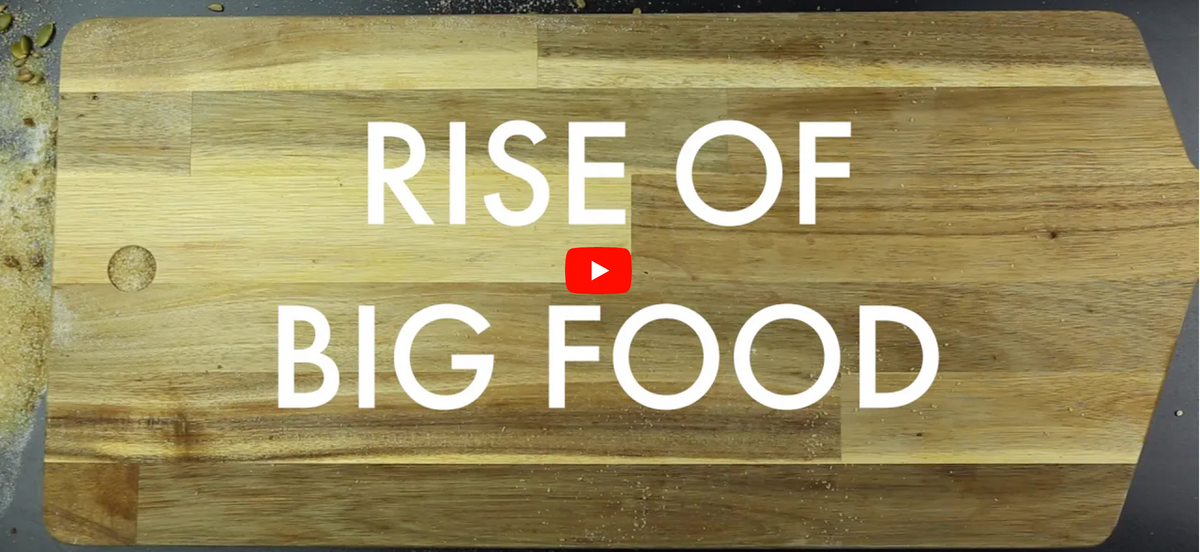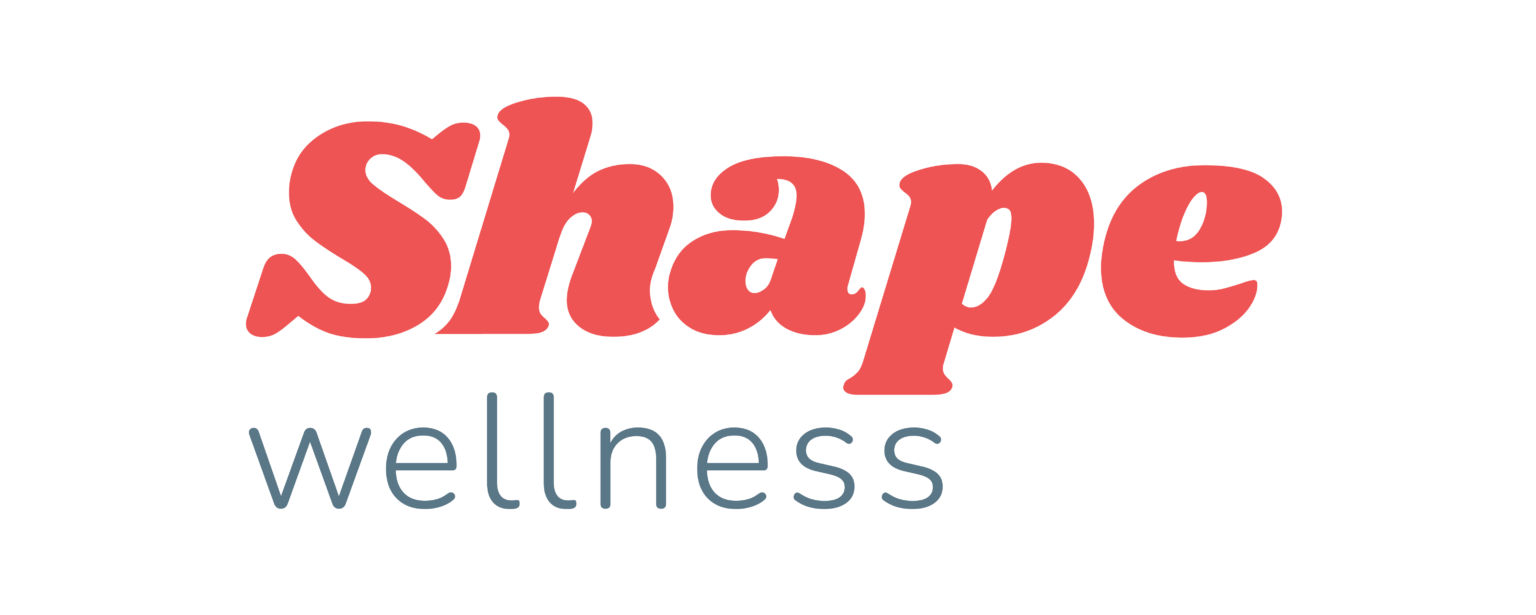The Evolution of the Modern Diet

Let’s talk about the evolution of our modern diet. The following is only a summary of the stages of change that have taken place in the way we as humans eat food. The changes in our diet have brought with them, changes in lifestyle, community, connectedness and physical health.
The First Human Diet:
I’m taking you back about 40,000 years or so when our ancestors freely roamed the earth. We were gatherer-hunters meaning that in order to feed ourselves we had to forage, looking for food that was currently growing. The foods of this era were nutrient rich and diverse. We ate seasonally available foods found locally and had virtually no processing. Although we ate a tremendous amount of plants we were not free of eating animal products. Contrary to our popular belief, there was no exact paleo diet. Depending on your location you could have a diet high in animal fats and proteins or you could be more omnivores. Living this way societies were largely free of the diseases that are rampant today.
The Agricultural Revolution
Moving forward through time we arrive somewhere between 10,000-12,000 years ago. This is our first big leap, we’re now in the Agricultural Revolution. This era is far from the gatherer – hunter horticulturist lifestyle that was our predominant way of life for thousands of years. This revolution wasn’t one isolated occurrence, this revolution happened independently in at least 5 areas in the world. It’s marked by the increase of farmed crops, domesticated animals, and the creation of towns and cities. This resulted in the creation of artisans such as bakers, traders, intellectuals, and ruling authorities.
While there were many benefits of creating larger communities, it came with a high price. There were fewer and less nutrient dense foods, habitat and soil degradation, and increase of communicable diseases. A social hierarchy created inequality, leading to slavery and genocide.
Introduction of Refined Sugar:
Moving forward we now arrive in the 1600’s. This is where things get real sticky. Deliciously sweet and addictive sugar comes on the scene. Processed sugar was a luxury that was mostly enjoyed by the elites and wealthy. As time went on processing of sugar became cheaper and more accessible. We were a society where sugar was rare and treated as a very special treat to today where sugar is lurking in everything. We went from eating almost no sugar to eating pounds and pounds of it each year. As you can imagine, this modernization has led to diseases that plague us today.
The Industrial Revolution:
Now picture New York City in the 1800’s. The city was destroyed by fire in 1835 and was being rebuilt. People were flocking to downtown while uptown still had farms, hills, trees, and uncultivated land. The world’s population during this time started to explode. This era changed how we lived, worked, and ate. As we gravitate more toward city life we become detached from our food sources. City dwellers began buying food rather than working in their gardens. What was sold in city markets needed to be processed so that it wouldn’t spoil while being transported from farms to cities. As shelf life increased the nutrient density was decreasing. During this time we also saw a rise in production and automation. Machines started to take over which reduced the physical movement that humans and animals had previously done. It also gave way to toxins and chemicals which began to pollute our environment.
The Rise of Big Food:
Here is where our fast paced lives start to blend revolutions together. Between the mid 1800’s to the early 1900’s branding arrived on the scene. New food companies started springing up, many are ones that you know & love today. Companies that started during this era may have started with good intentions, we can see the increased reduction of nutrients in highly processed foods. Michael Moss writes in his book, Salt, sugar, and fat:How food giants hooked us, about how food corporations use hyperpalatable foods containing a combination of fat, sugar, and salt, that create what’s called a “bliss point” where consumers get hooked. We also saw branding and marketing directly to children. The thinking is if you can get a kid loyal to your brand, you have a customer for life. The worst part of the rise of big food companies is the tremendous sway they have with public policy and research. The billions of dollars in revenue makes it easy to fight against the demonization of their products.
The Chemical Revolution:
Moving forward just a smidgeon we arrive somewhere around 1940’s. We are a world at war. Our soldiers need to eat, but how? New processing techniques were born out of necessity. Many brands you know and love were born during this time. New products like margarine and hydrogenated oils were invented and once consumers were told they were healthier they didn’t go back. Did you know that many of the chemical compounds that were used to produce bombs and nerve gas were retooled and repurposed for use on our food supply as fertilizers and pesticides? This has led to soil degradation and a further reduction in nutrients in our soil. Sure, we have cheap, abundant, highly processed foods that are covered in pesticides, but what does this mean for our health now and for future generations?
The Digital Revolution:
You’ve now arrived in the present. We are in the information and digital age. Just as with each age there are great things that came about but I want to highlight the cost of where we are today. We wake up and immediately check our phones or computers then call for food to show up at our door. We have become so separated from our food sources. As we increase our consumption of digital media we decrease our physical activity and outdoor leisure becomes scarce. By living this way where we move less, it taxes our posture which creates issues with our digestive system. Lastly, think of how we go to sleep. The blue light from our screens that we’ve been watching all day disrupts our sleep patterns which can wreak havoc on our bodies on a cellular level. As we say goodnight we climb in bed clutching our phones unable to disconnect from the digital world that fuels disconnection.
A lot has changed over time, but is it all good? Maybe this is something we should talk about.
Here’s to your health.
